Home>Garden Essentials>How Do You Toast Sesame Seeds
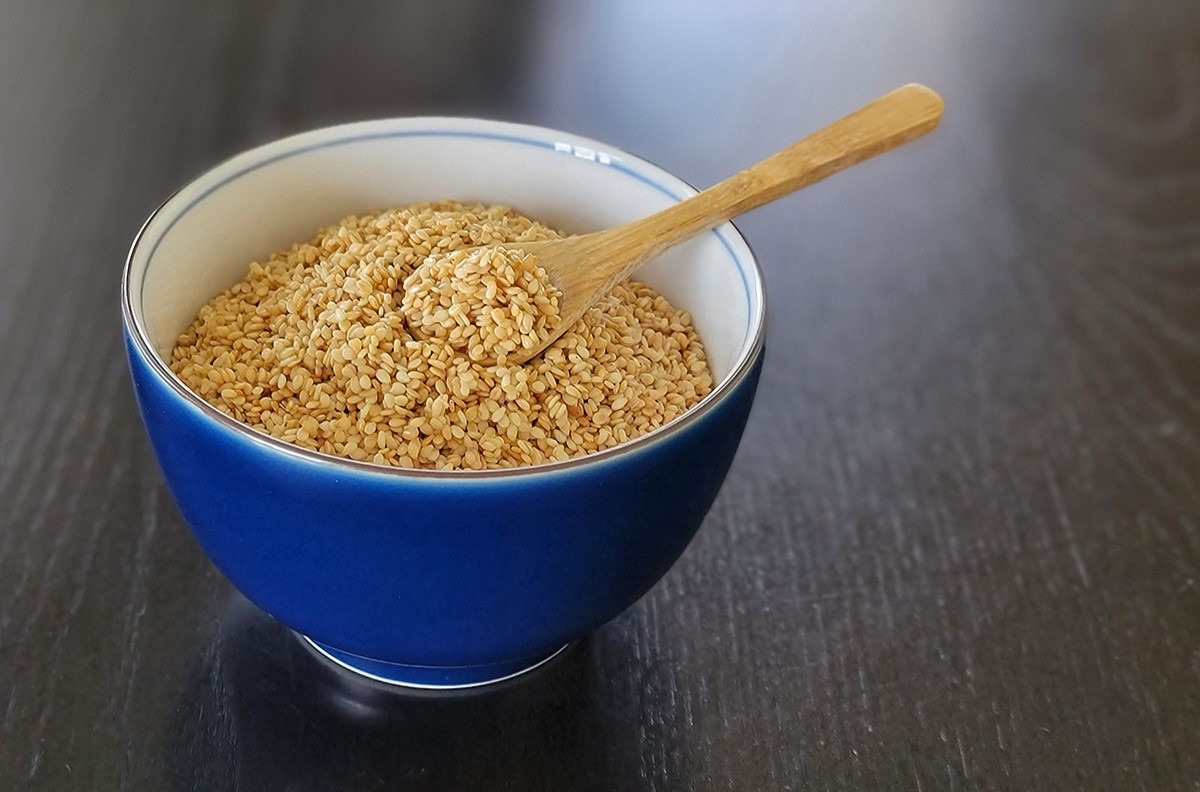

Garden Essentials
How Do You Toast Sesame Seeds
Modified: March 16, 2024
Learn how to toast sesame seeds in your garden and enhance the flavor of your dishes with these simple steps.
(Many of the links in this article redirect to a specific reviewed product. Your purchase of these products through affiliate links helps to generate commission for Storables.com, at no extra cost. Learn more)
Introduction
Gardening is a wonderful hobby that allows one to connect with nature and create a beautiful outdoor space. It is a fulfilling activity that not only relaxes the mind but also results in a sense of accomplishment. One aspect of gardening that many enthusiasts enjoy is growing their own fruits and vegetables. There is something incredibly satisfying about harvesting fresh produce from your own garden to enjoy in your meals.
When it comes to growing edible plants, herbs often take center stage. They have the ability to enhance the flavor of various dishes and can be grown easily in small spaces. One such herb that is not only a favorite among gardeners but also adds a unique and delicate taste to food is basil.
Basil, also known as Ocimum basilicum, is a member of the mint family and is native to Mediterranean regions. It is a popular culinary herb that is widely used in Italian, Thai, and Mediterranean cuisines. With its distinctive aroma and flavorful leaves, basil has become a staple ingredient in a variety of dishes.
If you are considering growing basil in your garden, you are in for a treat. Not only does basil add a burst of freshness to your meals, but it is also relatively easy to grow, making it suitable for both seasoned gardeners and beginners.
In this article, we will discuss everything you need to know about growing basil. From choosing the right variety to providing the optimal growing conditions, we will provide you with comprehensive tips and guidelines to help you successfully cultivate this versatile herb in your own backyard.
Key Takeaways:
- Toasting sesame seeds enhances their flavor, texture, and aroma, making dishes more delicious and satisfying. It also extends their shelf life and improves their digestibility, adding a healthy and flavorful touch to meals.
- Whether dry or oil toasting, sesame seeds can be transformed into flavor-packed creations. The toasting process brings out their nutty taste, creating a delightful crunch and aroma that elevates dishes to new heights.
Read more: How Long To Toast Sesame Seeds
What are Sesame Seeds?
Sesame seeds are tiny, tear-shaped seeds that come from the Sesamum indicum plant. They have been cultivated for thousands of years and are a common ingredient in various cuisines around the world. Sesame seeds have a mild, nutty flavor and a subtle crunch, which makes them a versatile addition to both sweet and savory dishes.
These seeds are rich in nutrients and are a good source of healthy fats, protein, fiber, and minerals such as calcium, iron, and magnesium. Additionally, sesame seeds contain natural antioxidants and plant compounds that have been linked to various health benefits, including improved heart health, reduced inflammation, and better digestion.
Sesame seeds are classified into two main varieties: white sesame seeds and black sesame seeds. White sesame seeds have a mild flavor and are commonly used in baking, cooking, and garnishing. They are often found in bread, pastries, salads, and stir-fries. On the other hand, black sesame seeds have a stronger, nuttier flavor and are often used in Asian cuisines as a topping for sushi, noodles, and desserts.
These tiny seeds are also a key ingredient in making sesame oil, a highly prized cooking oil in many cultures. Sesame oil is known for its nutty flavor and high smoke point, which makes it suitable for various cooking methods, including stir-frying, sautéing, and dressing salads.
As sesame seeds are highly versatile and offer a delightful flavor and texture, they are widely used in both traditional and modern cuisines. From sprinkling them on top of your favorite dishes to incorporating them into recipes, sesame seeds are a versatile addition to any kitchen pantry.
Why Toast Sesame Seeds?
Toasting sesame seeds may seem like an extra step, but it actually enhances their flavor and aroma, elevating your dishes to a whole new level. Here are a few reasons why toasting sesame seeds is worth the effort:
- Enhanced Nutty Flavor: Toasting sesame seeds brings out their natural oils and intensifies their nutty flavor. The heat activates the enzymes in the seeds, resulting in a deeper, more pronounced taste. Whether you’re using them as a topping or incorporating them into a recipe, toasted sesame seeds add a rich and delightful flavor profile to your dishes.
- Improved Texture: Toasting sesame seeds gives them a crisp and crunchy texture. This adds a pleasant contrast to your culinary creations, whether you’re sprinkling them over a salad or mixing them into a stir-fry. The toasting process also slightly changes the color of the seeds, making them visually appealing and enhancing the overall presentation of your dishes.
- Release of Aromatics: When sesame seeds are toasted, they release their aromatic compounds, creating a fragrant and enticing smell. The toasted aroma can enhance the sensory experience of your meals and make them more appetizing. The enticing smell will surely make your mouth water as you prepare and enjoy your culinary creations.
- Extended Shelf Life: Toasting sesame seeds can help extend their shelf life by reducing their moisture content. Moisture can lead to spoilage and rancidity in seeds, so toasting them effectively dries them out and prolongs their freshness. This is particularly beneficial if you buy sesame seeds in bulk or prefer to prep and store them in advance.
- Improved Digestibility: Toasting sesame seeds can improve their digestibility by breaking down phytic acid, a naturally occurring compound that can inhibit nutrient absorption. The toasting process activates enzymes that help neutralize phytic acid, making the seeds easier to digest and allowing your body to better absorb their nutrients.
By taking a few extra minutes to toast your sesame seeds, you can unlock their full potential and transform your dishes into flavor-packed creations. The enhanced taste, texture, and aroma will make your meals more enjoyable and satisfy your taste buds with every bite.
Methods for Toasting Sesame Seeds
Toasting sesame seeds is a simple process that can be done using either a dry toasting method or an oil toasting method. Both methods are effective, and the choice depends on personal preference and the desired outcome for your dishes. Let’s explore each method:
Dry Toasting Method
The dry toasting method involves toasting sesame seeds in a dry skillet or pan, without the use of any oil or fat. This method allows the natural oils in the seeds to be released, resulting in a rich and intensified flavor. Here’s how to do it:
- Place a skillet or pan on medium heat and allow it to heat up for a minute or two.
- Add the sesame seeds to the dry pan and spread them out in an even layer.
- Using a wooden spoon or spatula, continuously stir the seeds to ensure even toasting and to prevent them from burning.
- Toast the seeds for about 3-5 minutes, or until they turn golden brown and release a toasty aroma. Be careful not to overcook them, as they can quickly go from golden brown to burnt.
- Once toasted, remove the seeds from the heat and transfer them to a plate or a bowl to cool down. They will continue to crisp up as they cool.
- Once cooled, the toasted sesame seeds are ready to be used in your favorite dishes. Store any leftovers in an airtight container to maintain their freshness.
Read more: How Long Do Toasted Sesame Seeds Last
Oil Toasting Method
The oil toasting method involves toasting sesame seeds in a small amount of oil or fat. This method provides a slightly different flavor profile and gives the seeds a more pronounced nutty taste. Here’s how to do it:
- Heat a skillet or pan over medium heat and add a teaspoon of sesame oil or any neutral cooking oil.
- Add the sesame seeds to the pan and stir them in the oil to ensure they are well coated.
- Continue to stir the seeds frequently to prevent them from sticking to the pan or burning.
- Toast the seeds for about 2-3 minutes, or until they turn golden brown and become fragrant.
- Once toasted, remove the seeds from the heat and transfer them to a plate or a bowl to cool down.
- Allow the seeds to cool completely before using or storing them in an airtight container.
Both the dry and oil toasting methods yield delicious toasted sesame seeds that can be used in a variety of dishes. Whether you prefer the pure taste of dry-toasted seeds or the enhanced flavor of oil-toasted seeds, toasting sesame seeds adds a delightful touch to your culinary creations.
Dry Toasting Method
The dry toasting method is a popular way to toast sesame seeds as it allows their natural flavors to shine through without the addition of oil or fat. This simple technique enhances the nutty taste and adds a crispy texture to the seeds. Here’s how you can dry toast sesame seeds:
- Start by heating a dry skillet or pan over medium heat. It’s important to use a skillet with a wide surface area to ensure even toasting.
- Once the skillet is heated, add the sesame seeds in a single layer. It’s best not to overcrowd the pan to ensure even heat distribution.
- Using a wooden spoon or spatula, stir the seeds continuously to prevent them from burning. This will help achieve an even toast and bring out the flavors.
- Continue toasting the seeds for about 3 to 5 minutes, or until they turn a golden brown color. You’ll notice a delightful aroma emanating from the pan as the seeds release their oils.
- Be mindful not to overcook the sesame seeds as they can quickly go from golden brown to burnt. Keep an eye on them and remove from heat as soon as they reach the desired color and aroma.
- Once toasted, transfer the sesame seeds to a plate or a bowl to cool down. This will prevent them from cooking further and becoming too dark.
- Allow the seeds to cool completely before using them in your recipes. As they cool, they will become crisper and more flavorful.
- Store any leftover toasted sesame seeds in an airtight container to maintain their freshness. They can be kept at room temperature for a few weeks or stored in the refrigerator or freezer for longer shelf life.
Dry toasted sesame seeds can be used in a variety of dishes to add a delightful crunch and a nutty flavor. They are a versatile ingredient in both sweet and savory recipes, from topping salads and stir-fries to sprinkling over yogurt or desserts. The toasting process enhances their taste and texture, elevating the overall culinary experience.
Remember, the dry toasting method offers a simple and effective way to toast sesame seeds without the need for any additional oils or fats. It’s a great technique to master, ensuring you always have a batch of delicious toasted sesame seeds on hand to enhance your favorite recipes.
To toast sesame seeds, spread them in a single layer on a baking sheet and bake at 350°F for 8-10 minutes, stirring occasionally, until golden brown. Be careful not to burn them!
Oil Toasting Method
The oil toasting method is an alternative way to toast sesame seeds that involves using a small amount of oil or fat. This method adds an extra layer of flavor to the seeds and results in a slightly different taste compared to dry toasting. Here’s how you can oil toast sesame seeds:
- Start by heating a skillet or pan over medium heat. You can use a neutral cooking oil such as vegetable oil, canola oil, or even sesame oil for an added depth of flavor.
- Add a teaspoon of oil to the heated pan and swirl it around to coat the surface evenly.
- Add the sesame seeds to the pan, making sure they are spread out in a single layer to ensure even toasting.
- Using a wooden spoon or spatula, stir the sesame seeds in the oil to coat them evenly. This will help distribute the heat and prevent them from sticking to the pan.
- Continue toasting the seeds for about 2 to 3 minutes, stirring frequently to prevent burning. The seeds will start turning a golden brown color and release a fragrant aroma.
- Once the sesame seeds are toasted to your desired color, remove the pan from heat.
- Transfer the toasted sesame seeds to a plate or a bowl and let them cool completely. As they cool, they will become crispier.
- Once cooled, the oil-toasted sesame seeds are ready to be used in your recipes. Store any leftovers in an airtight container to maintain their freshness.
The oil toasting method adds an extra layer of flavor to sesame seeds, imparting a slightly nuttier and richer taste compared to dry toasting. The oil also helps achieve a slightly crispier texture, enhancing the overall enjoyment of the seeds in your dishes.
Oil-toasted sesame seeds can be used in various culinary creations, from adding a garnish to Asian dishes, to incorporating them into sauces, dressings, and baked goods. Their enhanced flavor and texture can elevate your recipes and bring a delightful crunch to your meals.
Remember to adjust the amount of oil based on your personal preference, keeping in mind that a little goes a long way. With the oil toasting method, you have the freedom to experiment with different oils to add additional flavors and nuances to your toasted sesame seeds.
Whether you prefer the simplicity of dry toasting or the rich taste of oil toasting, both methods offer delicious ways to bring out the best in sesame seeds. Feel free to explore and find your preferred toasting technique, and enjoy the flavorful and crunchy addition that toasted sesame seeds can bring to your favorite recipes.
Tips for Toasting Sesame Seeds
Toasting sesame seeds may seem like a simple process, but there are a few tips and tricks that can help you achieve the best results. Whether you’re dry toasting or oil toasting, keep these tips in mind to ensure perfectly toasted sesame seeds:
- Use a dry skillet: When dry toasting sesame seeds, it’s important to use a dry skillet or pan without any oil or fat. This allows the seeds to toast evenly and prevents them from getting too greasy.
- Stir constantly: Whether dry toasting or oil toasting, keep stirring the sesame seeds constantly to prevent them from burning. This ensures even heat distribution and helps achieve a uniform toast.
- Opt for medium heat: Use medium heat when toasting sesame seeds to avoid scorching them. High heat can quickly burn the seeds, while low heat may not provide enough heat for proper toasting.
- Watch closely: Sesame seeds can go from perfectly toasted to burnt in a matter of seconds, so keep a close eye on them as they cook. The color should turn a golden brown, and the seeds should release a fragrant aroma when they are done.
- Cool completely: Allow the toasted sesame seeds to cool completely before using or storing them. This will help them become crisper and prevent any residual heat from causing them to become too dark.
- Roast in small batches: To ensure even toasting, it’s best to toast sesame seeds in small batches. Overcrowding the pan can lead to uneven heat distribution and result in some seeds becoming overcooked while others remain undercooked.
- Experiment with different oils: If using the oil toasting method, consider experimenting with different oils to impart unique flavors to your toasted sesame seeds. Try using toasted sesame oil, olive oil, or even coconut oil for an interesting twist.
- Store properly: Once cooled, store your toasted sesame seeds in an airtight container to maintain their freshness and crispness. They can be stored at room temperature for a few weeks or in the refrigerator or freezer for extended shelf life.
By following these tips, you can achieve perfectly toasted sesame seeds every time. Whether you’re using them as a garnish, adding them to sauces and dressings, or incorporating them into baked goods, the toasting process will enhance their flavor, aroma, and texture, taking your culinary creations to the next level.
So, don’t be afraid to experiment and toast sesame seeds to unlock their full potential. Enjoy the delightful crunch and nutty taste that toasted sesame seeds bring to your favorite dishes!
Read more: How Do You Roast Sesame Seeds
Conclusion
Toasting sesame seeds is a simple yet effective technique that can elevate the flavor and enhance the texture of these tiny seeds. Whether you choose the dry toasting method or the oil toasting method, toasting sesame seeds brings out their natural nutty taste, creates a delightful aroma, and adds a satisfying crunch to your dishes.
Sesame seeds are not only versatile but also packed with nutrients making them a healthy addition to your meals. By toasting them, you unlock their full potential and take them to a new level of deliciousness.
Whether you use toasted sesame seeds as a garnish, sprinkle them on salads, incorporate them into stir-fries, or bake them into bread and pastries, they will undoubtedly add a delightful burst of flavor and texture.
Remember to keep these tips in mind when toasting sesame seeds: use a dry skillet, stir constantly, watch closely to avoid burning, allow them to cool completely, toast in small batches, and store them properly for maximum freshness.
So, the next time you’re cooking up a storm in the kitchen, don’t hesitate to reach for a batch of toasted sesame seeds. Let their richness and crispness take your culinary creations to new heights. Whether you’re a seasoned chef or a beginner in the kitchen, the simple act of toasting sesame seeds can transform your dishes and bring a whole new level of flavor and enjoyment to your meals.
So go ahead, get toasting, and uncover the magic of sesame seeds!
Frequently Asked Questions about How Do You Toast Sesame Seeds
Was this page helpful?
At Storables.com, we guarantee accurate and reliable information. Our content, validated by Expert Board Contributors, is crafted following stringent Editorial Policies. We're committed to providing you with well-researched, expert-backed insights for all your informational needs.
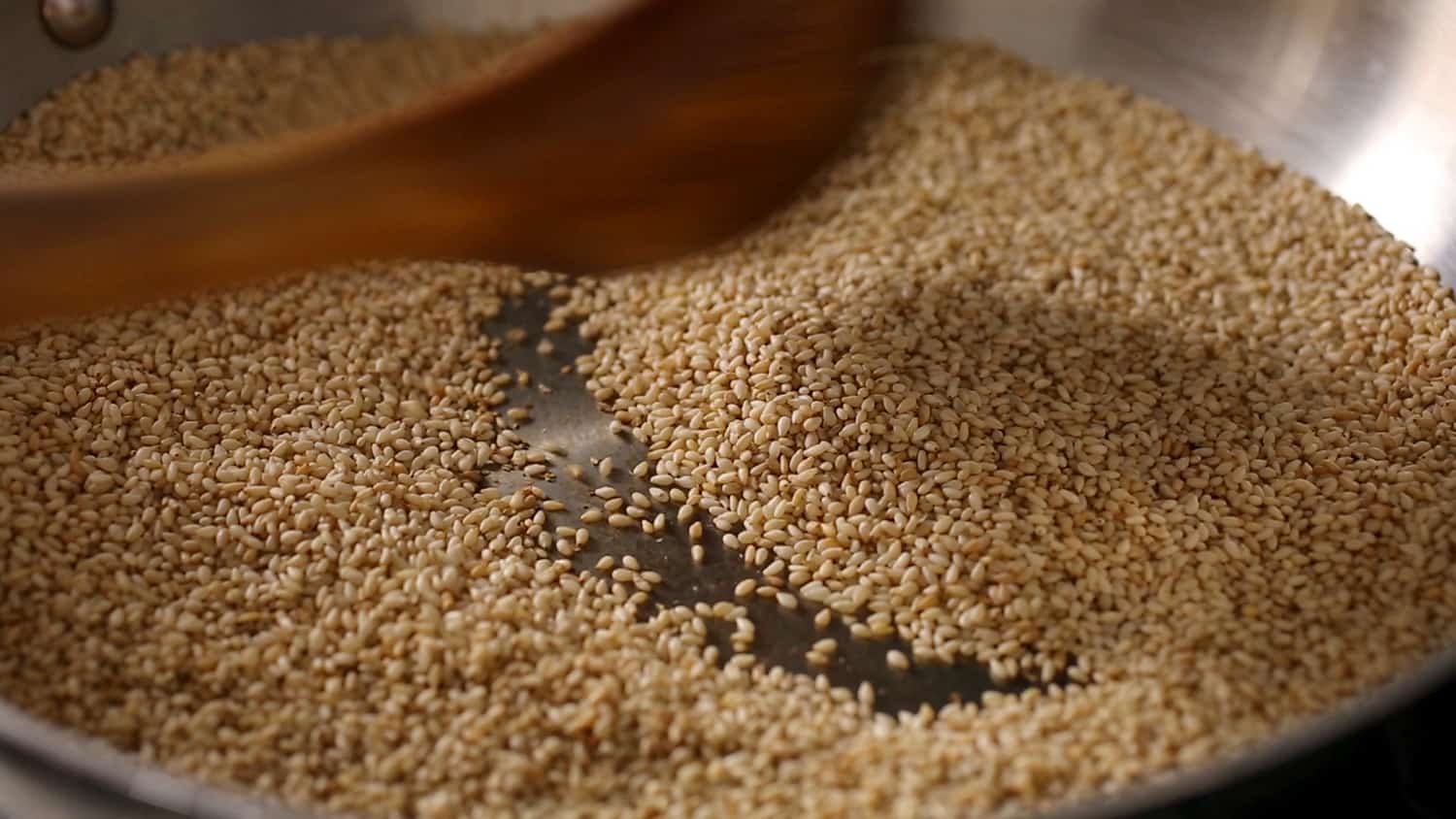
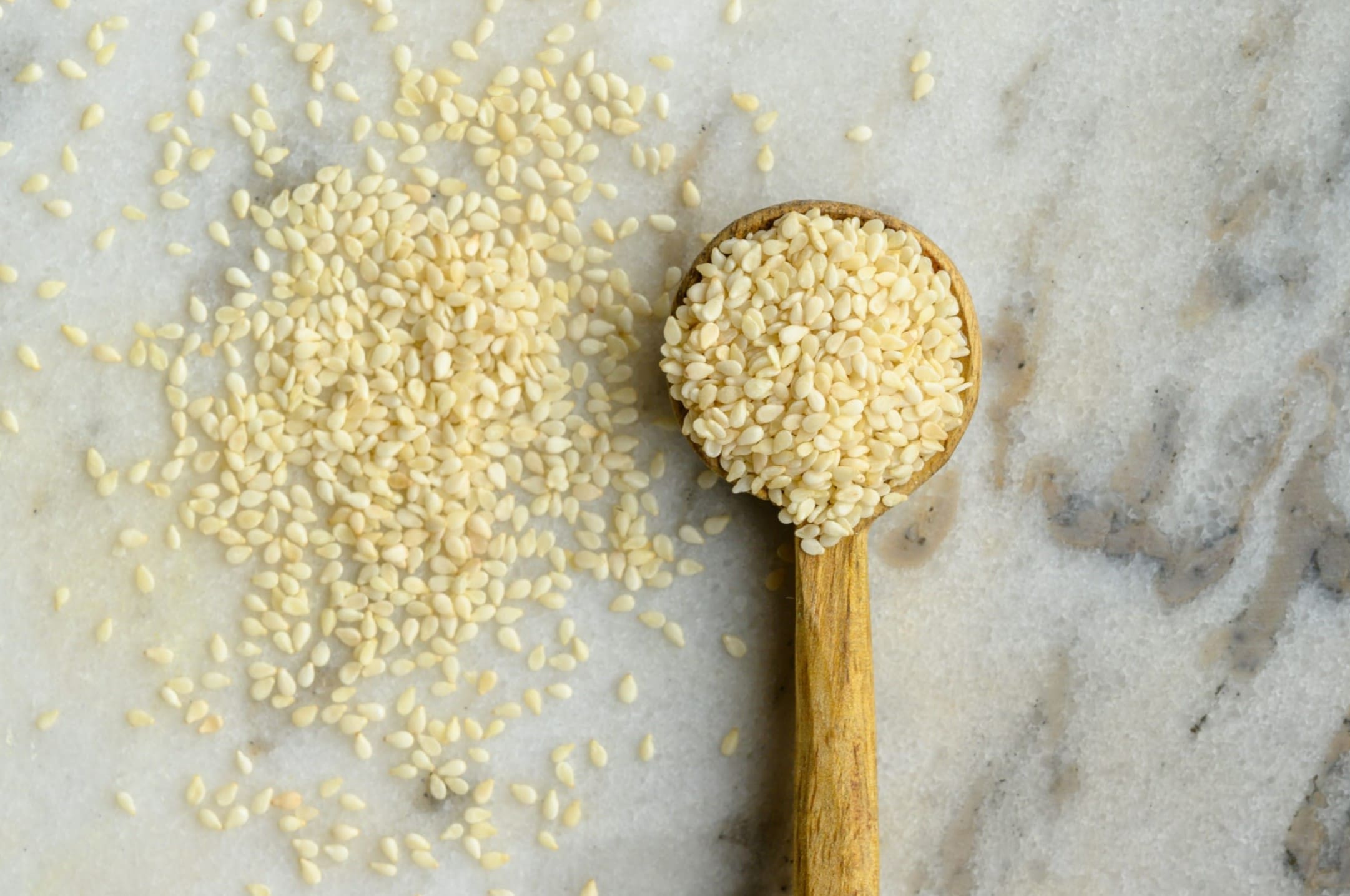
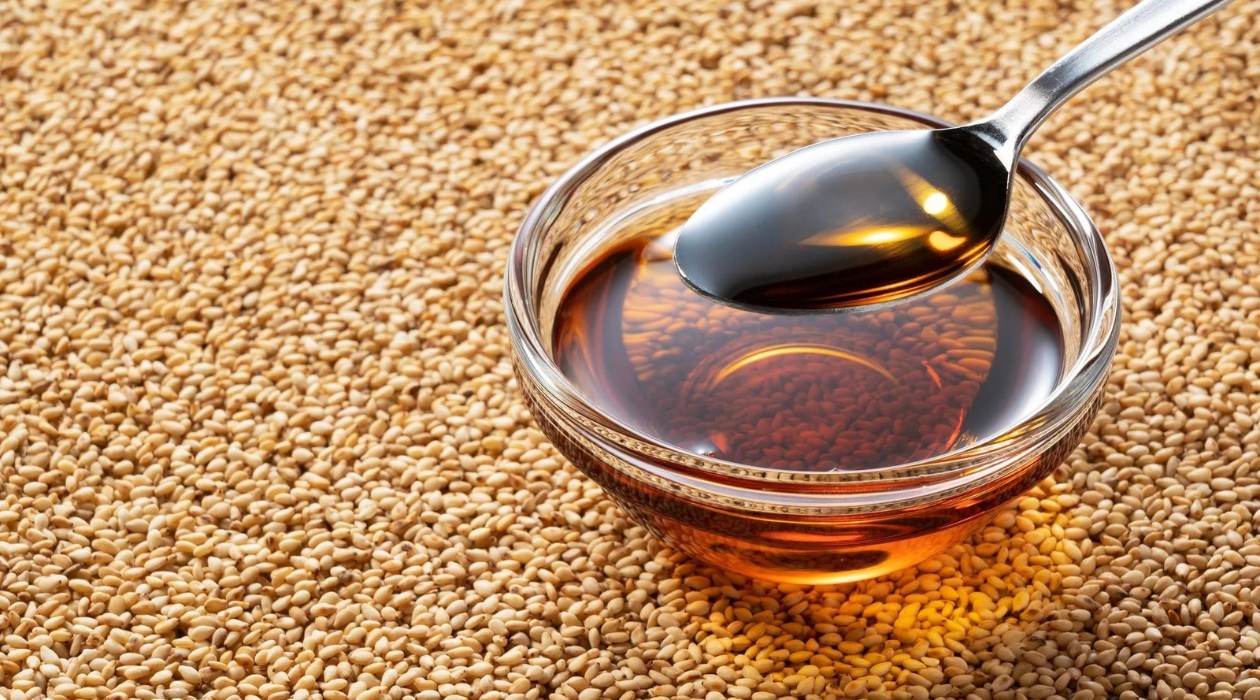
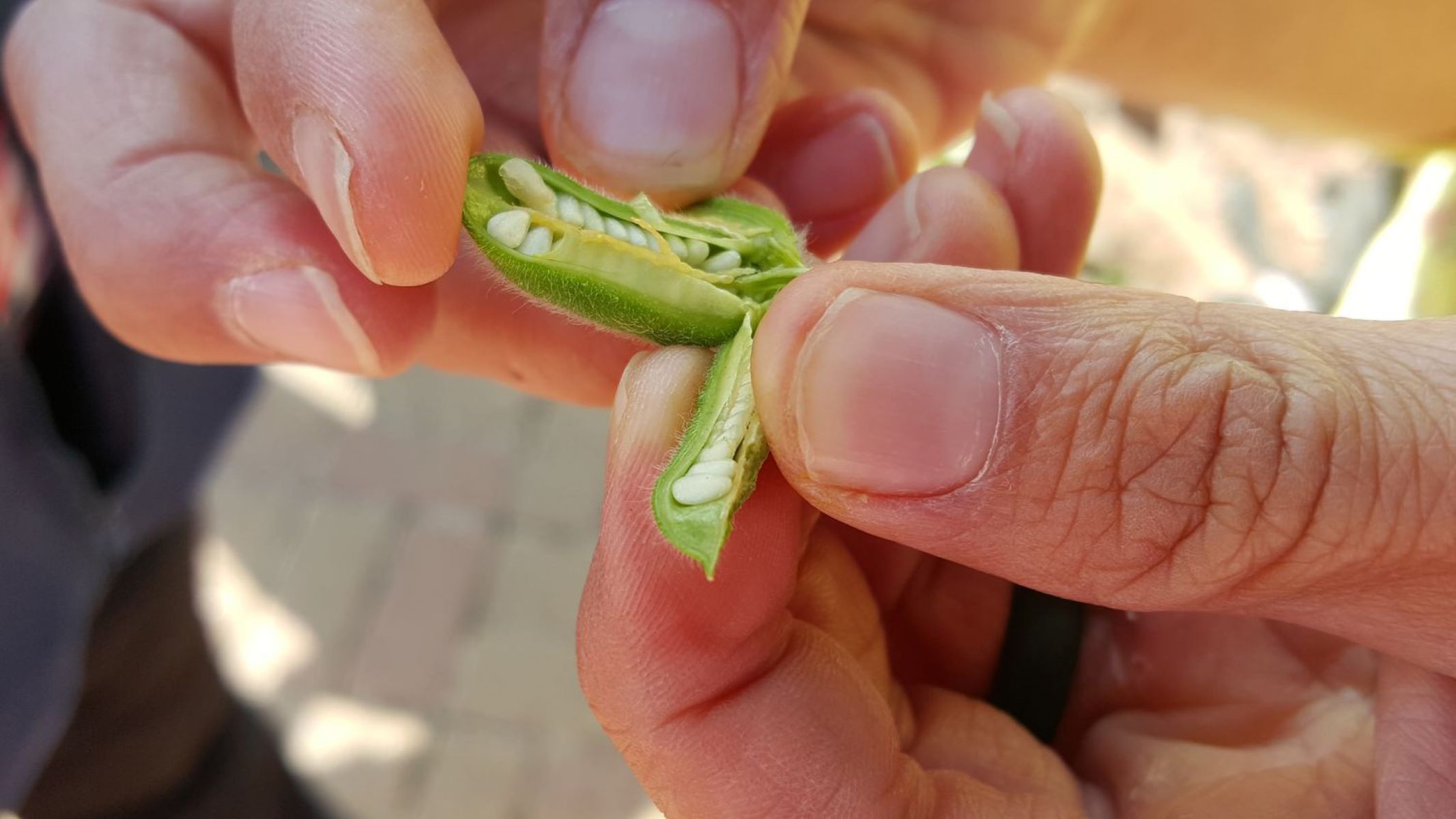
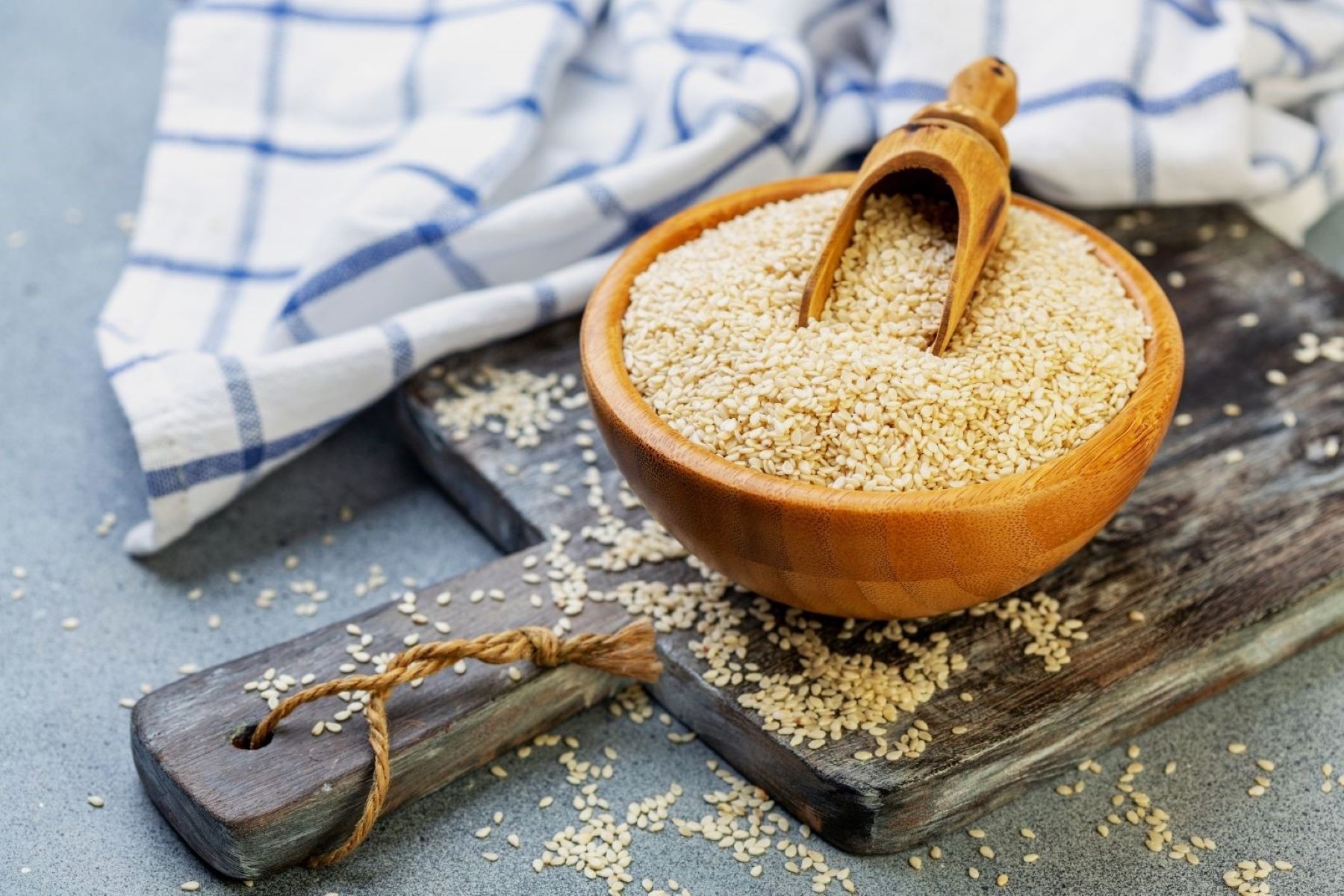

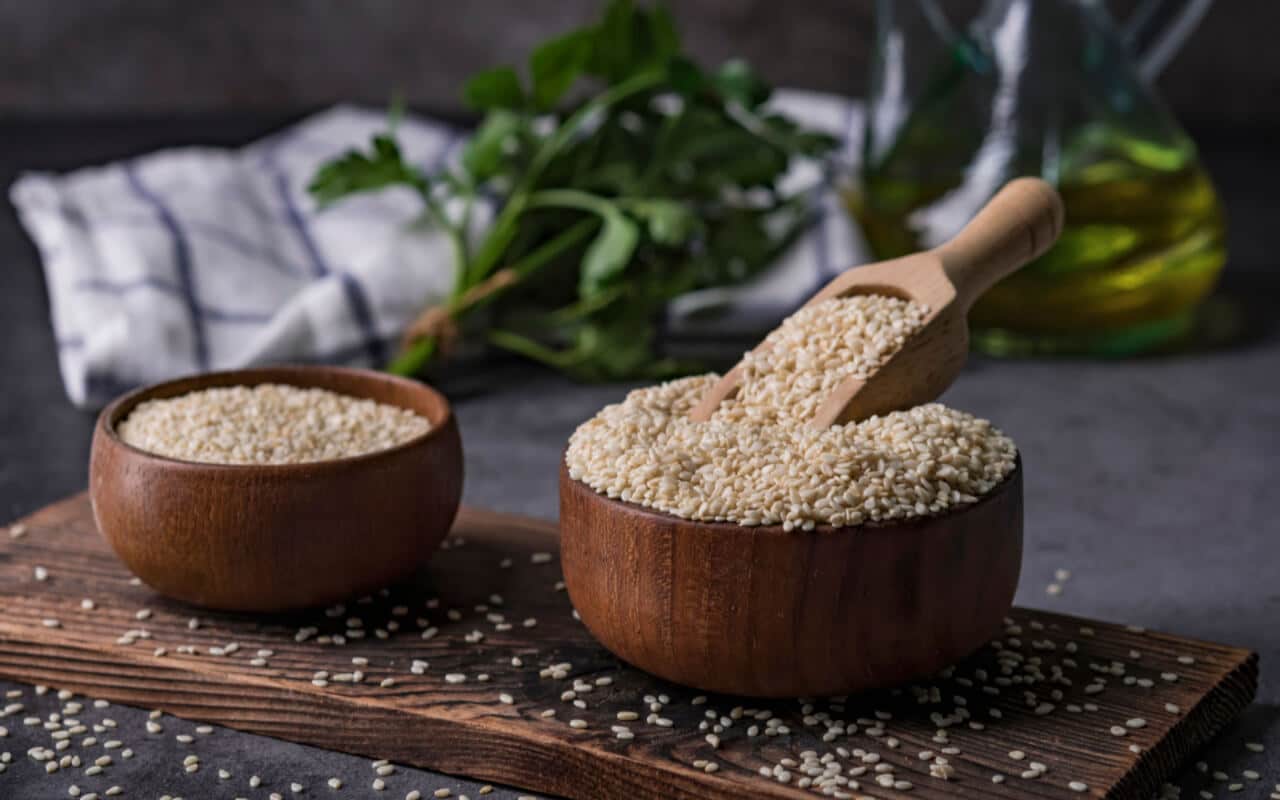
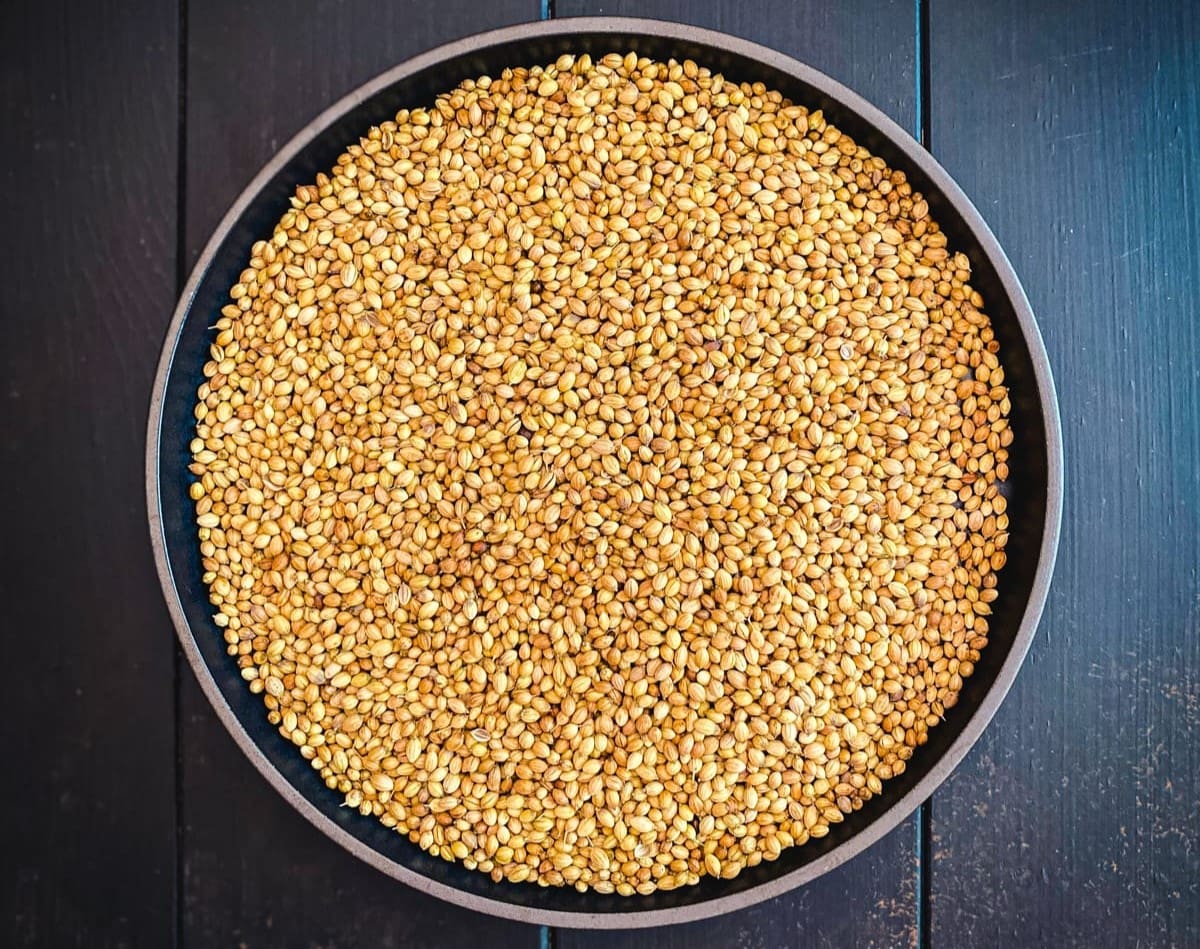

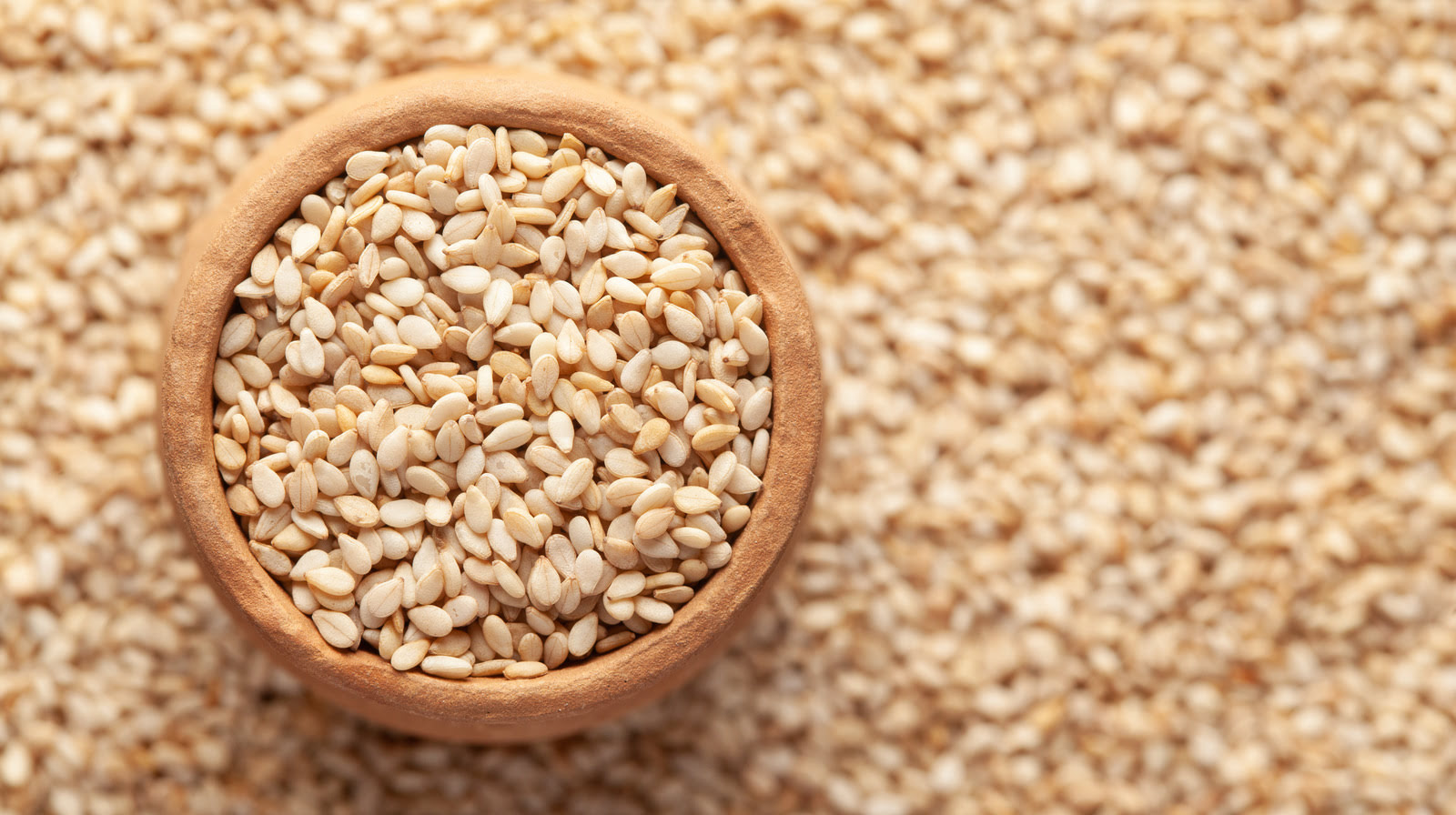
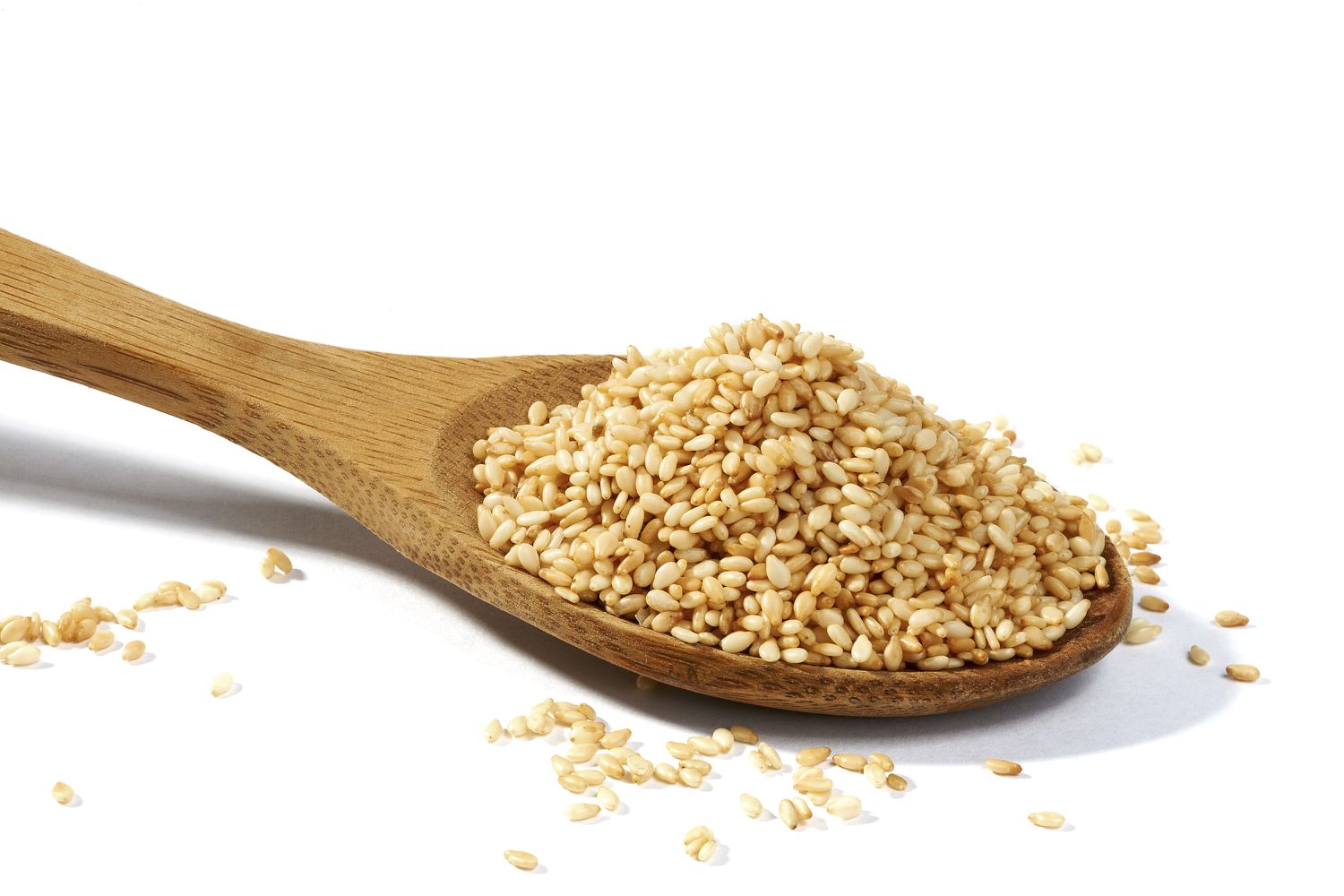
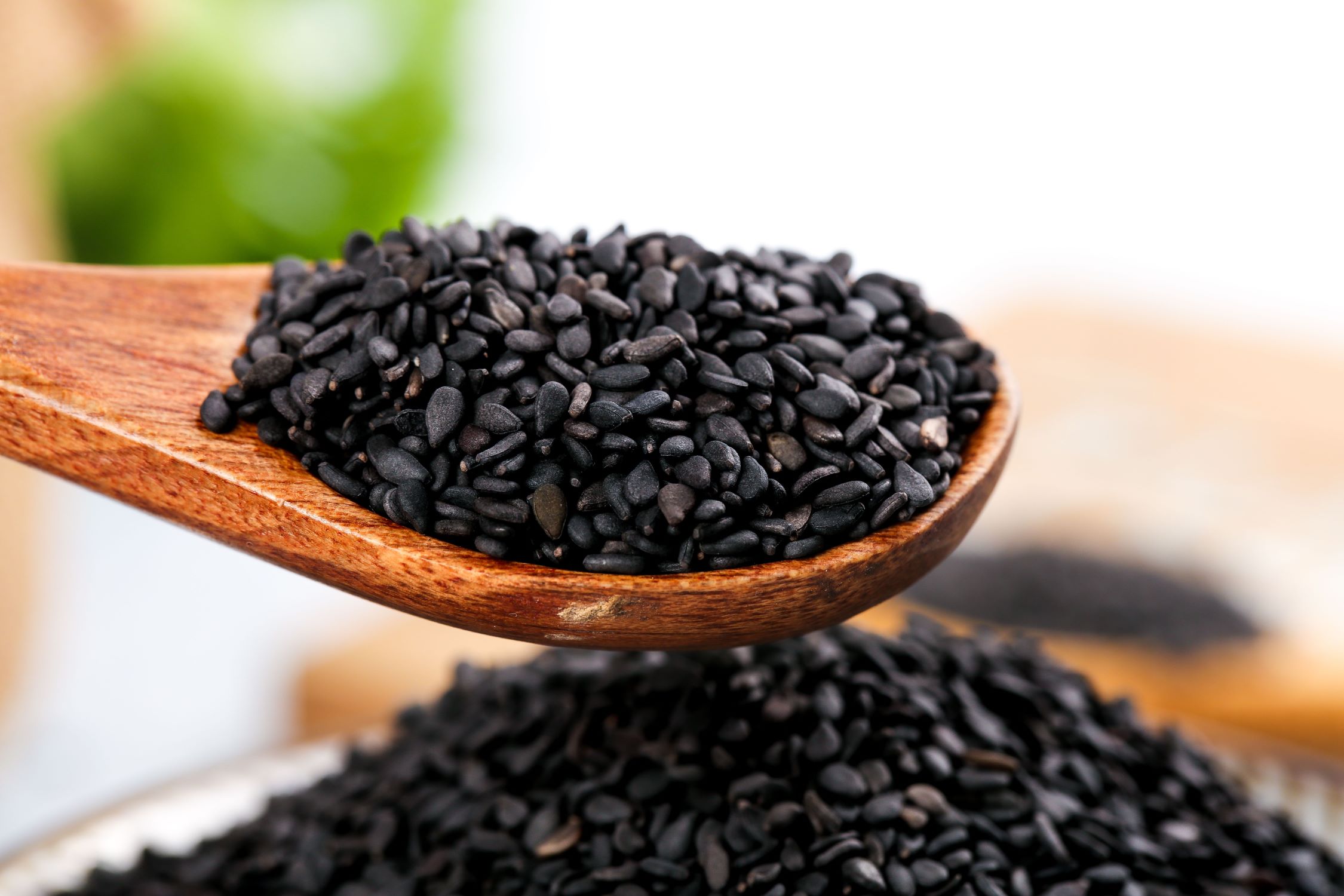
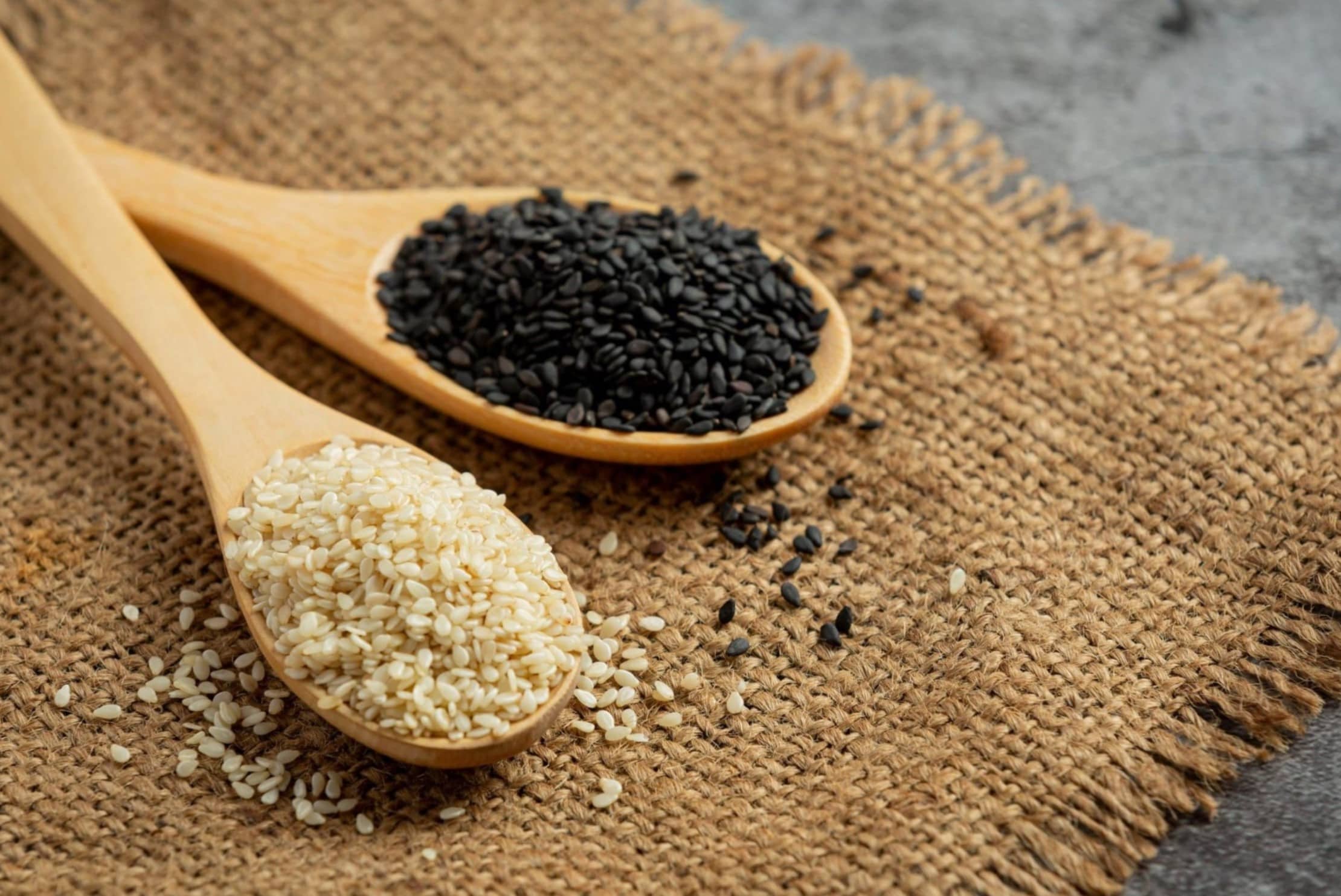

0 thoughts on “How Do You Toast Sesame Seeds”